Heritage Adventurer
Overview
The Heritage Adventurer is a true expedition vessel of exceptional quality and design. Built in 1991, this 140-guest expedition vessel was purpose built for polar expeditions. Combining a high passenger ship ice class rating (1A Super) and a rich expedition history including most of the northern and southern Arctic and Antarctic, the Adventurer superimposes the notion of a truly tried and tested expedition vessel.
 WHY WE LOVE THE HERITAGE ADVENTURER
WHY WE LOVE THE HERITAGE ADVENTURER
Each voyage on board the Adventurer is entirely unique. Your expedition crew will meticulously plan and design each exploration in true expedition style.
A fleet of 14 zodiacs ensures that every guest can maximise their expedition experience once on board.
Guests will enjoy a personalised experience on one of the industry’s most iconic polar vessels.

Well-appointed ship ideally suited to expeditions
Complete with stylish accommodations, two restaurants and a bar and lounge area guests will find a number of avenues for relaxation. Furthermore, the ship's Open Bridge policy means that guests will be able to first-hand experience the expedition experience from the eyes and shared experiences of the captain and crew.
Exploration is the top focus
Having held records for the most northern and southern Arctic and Antarctic navigations, and for traversing both the Northwest and Northeast Passages, the purpose-built Heritage Adventurer was built in Finland for the purpose of Antarctic and Arctic expeditions.
Luxury amenities
After a day of exploration, guests can relax in the heated outdoor swimming pool or one of two Jacuzzis on the rear deck. For the more active, hit the gym before unwinding in the sauna. Guests can also enrich their knowledge at the Citizen Science Centre and then indulge in culinary delights at one of two restaurants. Passengers can also simply relax in comfort across multiple observation areas, admiring wildlife or breathtaking landscapes.
In addition to its advanced features, the Douglas Mawson offers an array of amenities helping to connect fellow travellers, enhancing the floating base camp experience.
Inviting onboard amenities
A host of guest lectures from botanists, naturalists, historians and experts will be shown in the ships Presentation Theatre or guests may simply choose to unwind in the library, heated saltwater pool, sauna room, gym or enclosed hot tub.
Comfortable rooms
Spacious cabins and suites, with large picture windows or portholes, are all outer facing. This means all guests can enjoy Antarctic views as they travel, with room configurations flexible to suit triples, twins, singles, or couples.
FEATURES
GALLERY
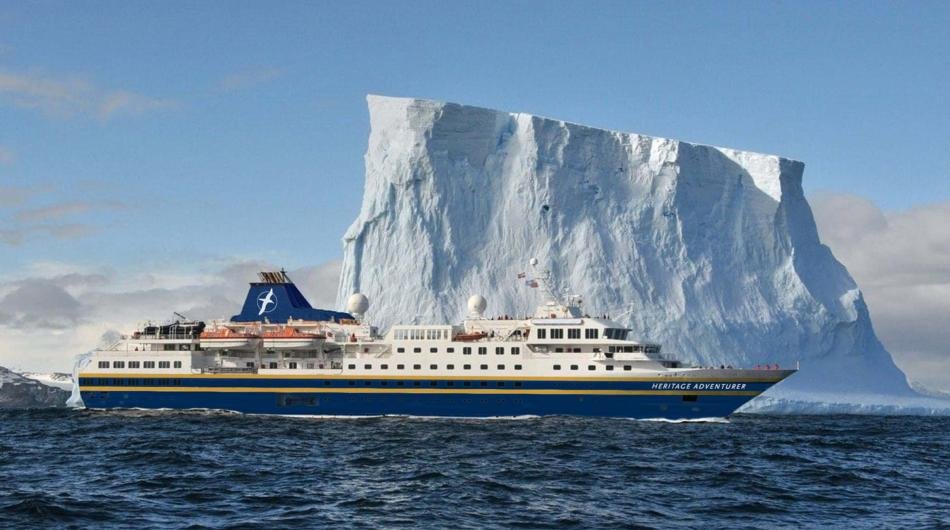
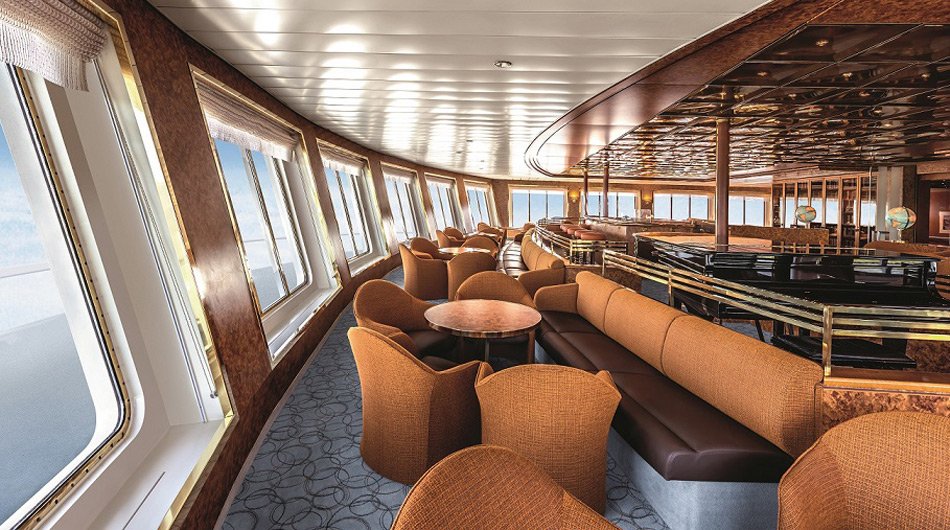
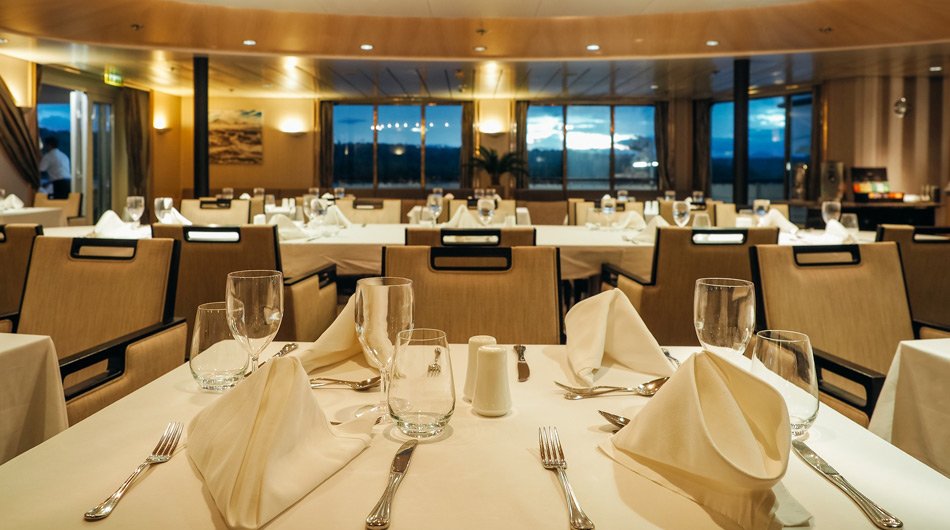

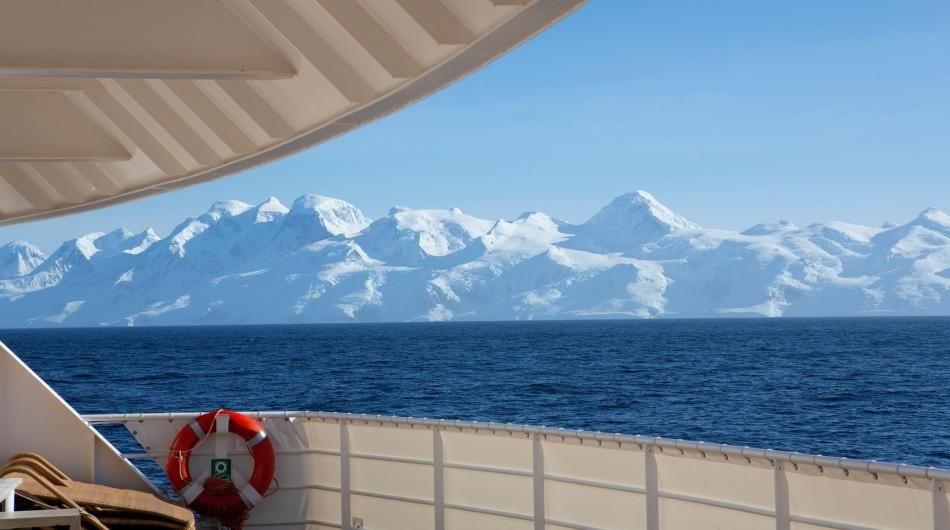
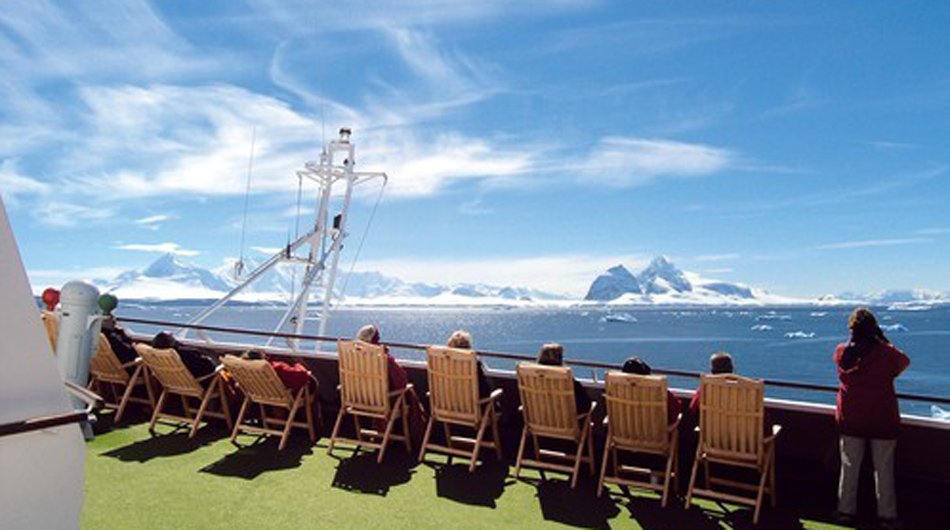
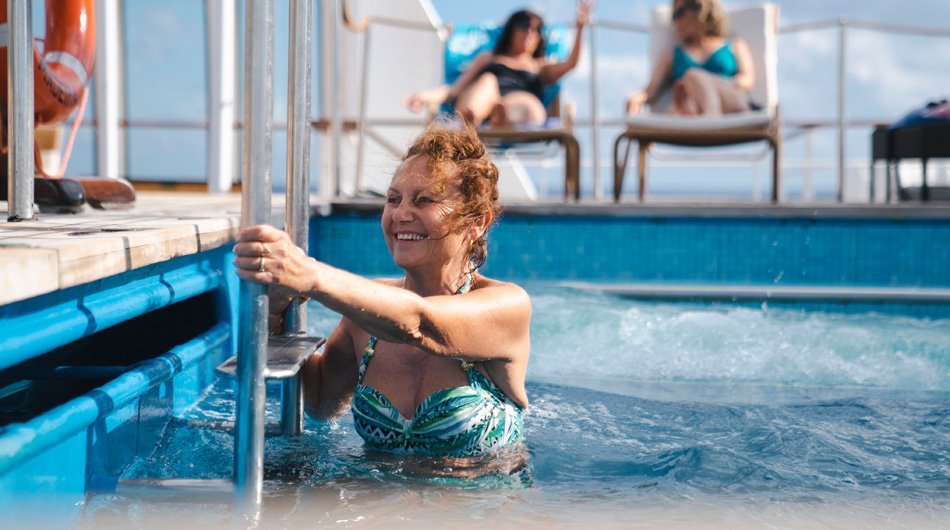
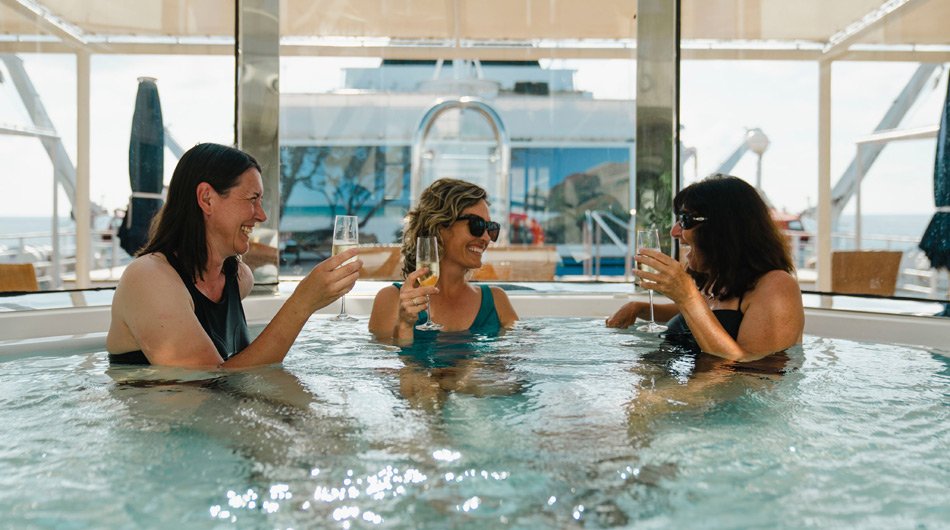
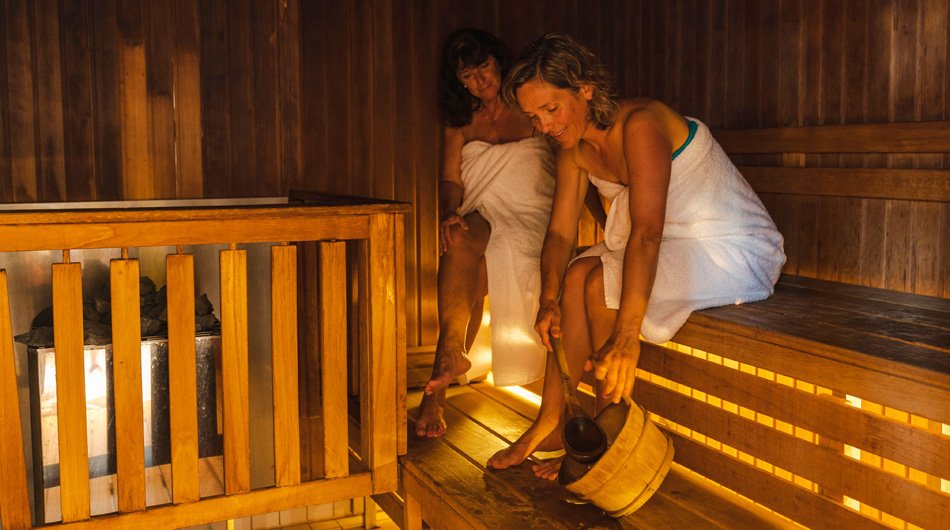
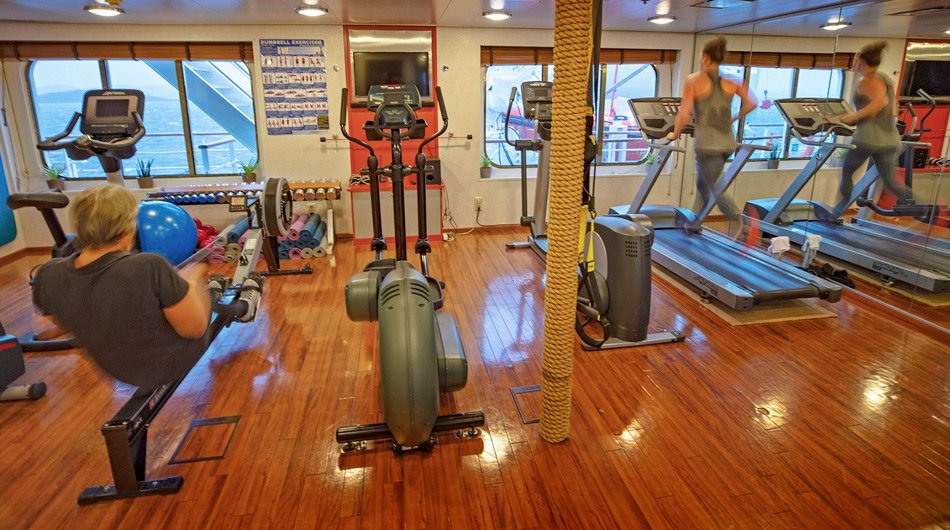

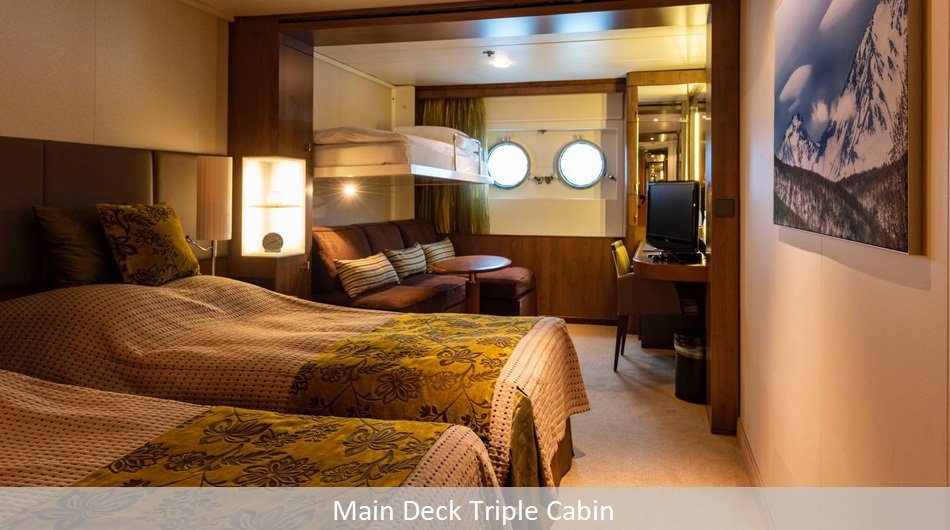

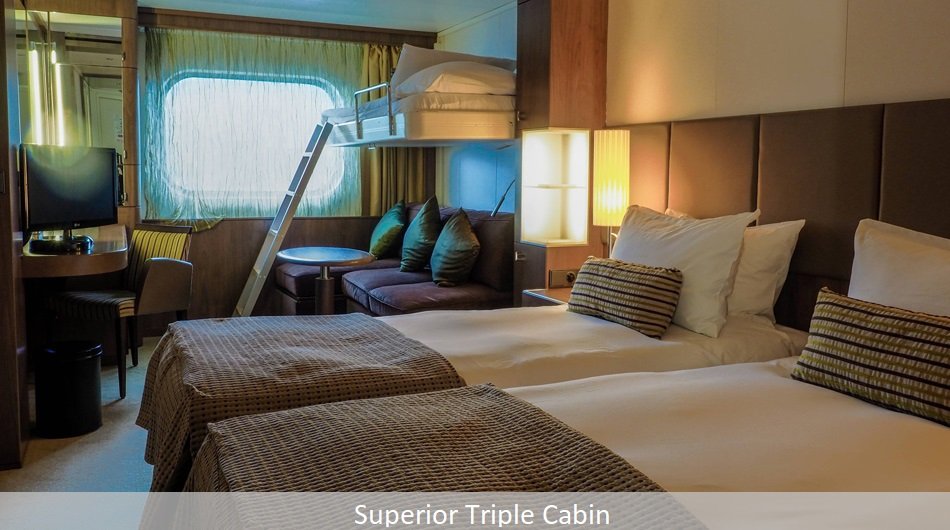

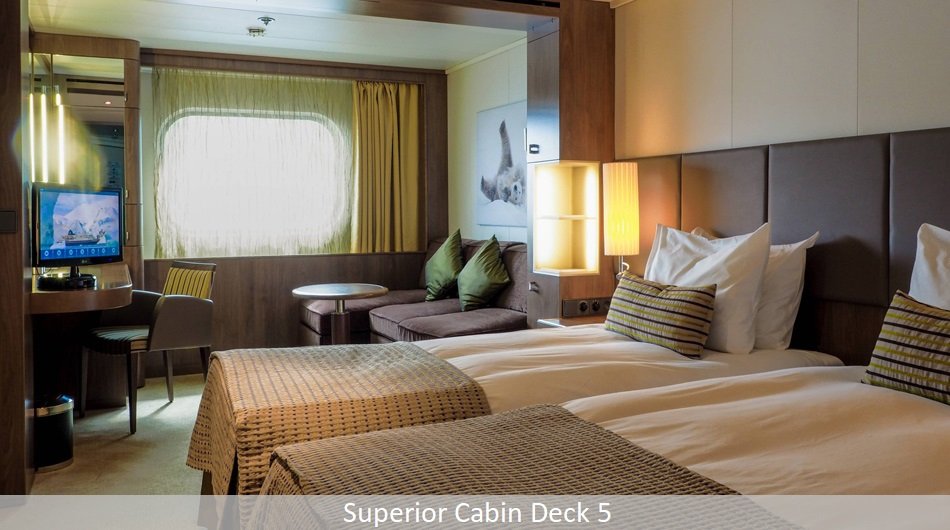
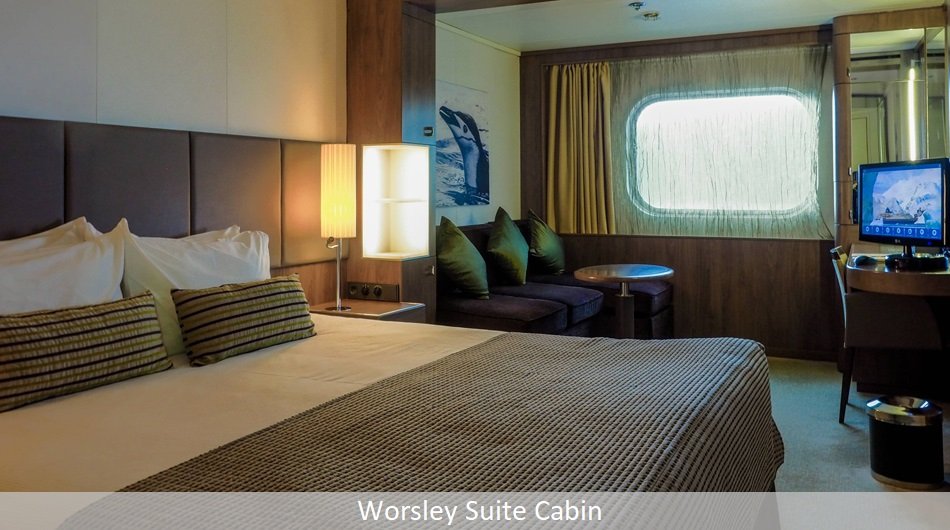
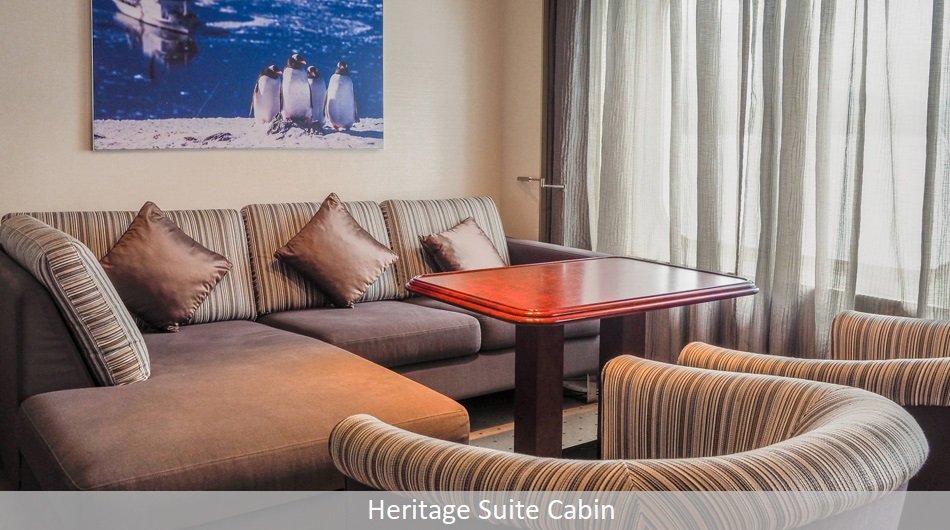
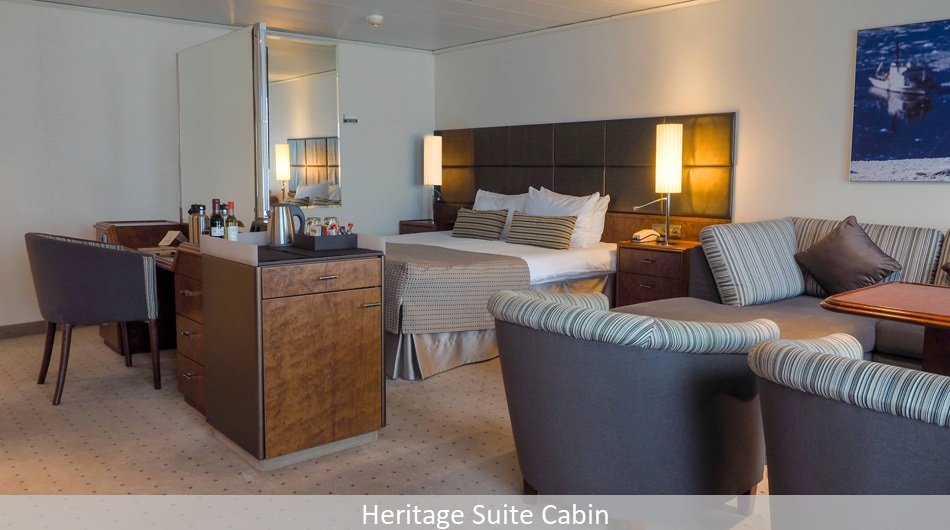



















ITINERARIES ABOARD THE Heritage Adventurer


In the Wake of Scott and Shackleton
Ross Sea and Subantarctic Islands
SHIP: Heritage Adventurer
START: Queenstown, New Zealand
FINISH: Queenstown, New Zealand
PRICED FROM
USD 31,500*
PER PERSON


Birding Down Under
Subantarctic Islands of New Zealand
SHIP: Heritage Adventurer
START: Queenstown, New Zealand
FINISH: Queenstown, New Zealand
PRICED FROM
USD 16,045*
PER PERSON


Beyond Fiordland
Subantarctic Islands of New Zealand
SHIP: Heritage Adventurer
START: Queenstown, New Zealand
FINISH: Queenstown, New Zealand
PRICED FROM Was USD 10,250
NOW USD 8,200*
PER PERSON


Forgotten Islands of the South Pacific
Subantarctic Islands of New Zealand
SHIP: Heritage Adventurer
START: Invercargill, New Zealand
FINISH: Invercargill, New Zealand
PRICED FROM Was USD 6,450
NOW USD 5,483*
PER PERSON


Galapagos of the Southern Ocean
Subantarctic Islands of New Zealand
SHIP: Heritage Adventurer
START: Queenstown, New Zealand
FINISH: Queenstown, New Zealand
PRICED FROM
USD 9,990*
PER PERSON


Unseen Fiordland & Stewart Island
New Zealand and Subantarctic Islands
SHIP: Heritage Adventurer
START: Queenstown, New Zealand
FINISH: Queenstown, New Zealand
PRICED FROM Was USD 3,750
NOW USD 3,000*
PER PERSON
